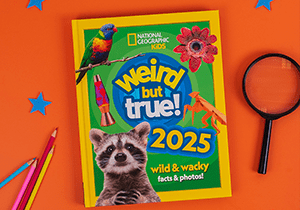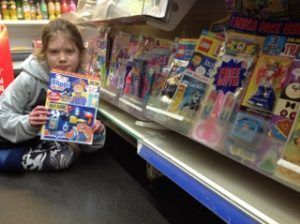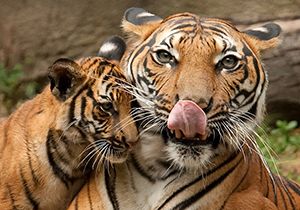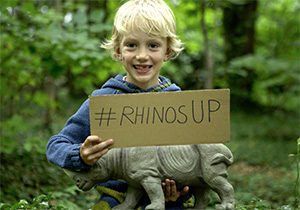
Plastic Pollution Primary Resource
Learn about the harmful effects of plastic waste on our oceans and find out how each of us can help!
This Geography primary resource helps children learn about the impact of human activity — particularly plastic waste — on our planet’s oceans. Discover how non-biodegradable plastic is putting sea life at risk, as well as the dangers and threats posed by overfishing and climate change. How much plastic ends up in our oceans? How does plastic waste harm sea life? Why is a rise in our oceans temperatures a problem? How can we take action?
In our National Geographic Kids’ climate primary resource sheet, pupils will learn how different plastics end up in our oceans, the damage they cause, what is being done to address the problem and how they can help save our seas.
The teaching resource can be used in study group tasks for learning about the importance of protecting the environment, as a printed handout for each pupil to review and annotate, or for display on the interactive whiteboard using the images included in the resource for class discussion.
Activity: Ask the children to think about all the plastic items they use and throw away every day. This could be done as an independent or group activity. Ask that instead, they clean out these items and bring them in to make a classroom display about the harmful effects of plastic on our oceans. The display could contain different facts and figures, as well as ways we can all help take action.
N.B. The following information for mapping the resource documents to the school curriculum is specifically tailored to the English National Curriculum and Scottish Curriculum for Excellence. We are currently working to bring specifically tailored curriculum resource links for our other territories; including South Africa, Australia and New Zealand. If you have any queries about our upcoming curriculum resource links, please email: schools@ngkids.co.uk
This Geography primary resource assists with teaching the following Key Stage 2 Geography objectives from the National Curriculum:
Pupils should be taught: describe and understand key aspects of: physical geography, including: climate zones, biomes and vegetation belts, rivers, mountains, volcanoes and earthquakes, and the water cycle
Also see National Curriculum Key Stage 2 Science (Year 4) objective:
- recognise that environments can change and that this can sometimes pose dangers to living things.
This Geography primary resource assists with teaching the following Social Studies First level objective from the Scottish Curriculum for Excellence:
- By exploring climate zones around the world, I can compare and describe how climate affects living things.
Scottish Curriculum for Excellence Second level Social Studies objective:
- By comparing my local area with a contrasting area outwith Britain, I can investigate the main features of weather and climate, discussing the impact on living things.
Scottish Curriculum for Excellence Third level Social Studies objective:
- I can investigate the relationship between climate and weather to be able to understand the causes of weather patterns within a selected climate zone.
Download primary resource
More Like

Weird But TRUE! 2025 Annual

Skye’s petition to ban magazine plastic toys!

10 terrific tiger facts!









LEAVE A COMMENT
THANK YOU
Your comment will be checked and approved shortly.
WELL DONE,
YOUR COMMENT
HAS BEEN ADDED!
COMMENTS
now i can take action and help save are onceans
Be the girl that saves the world!
CUSTOMIZE YOUR AVATAR